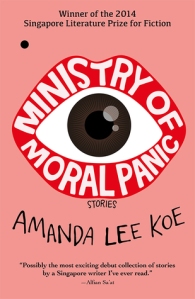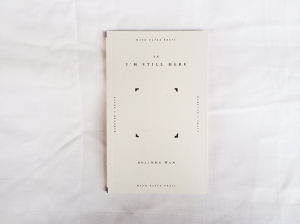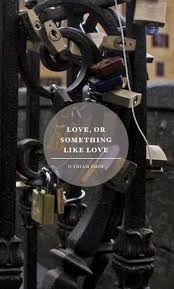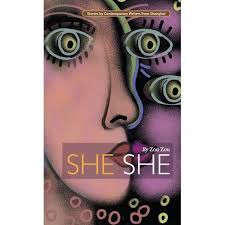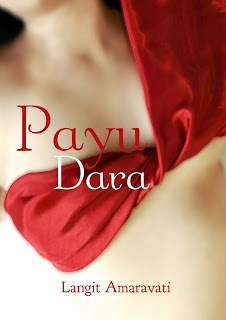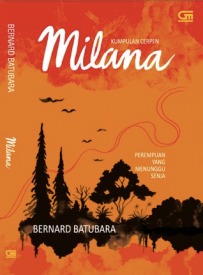Book title: Ministry of Moral Panic: Stories
Author: Amanda Lee Koe
Year published: 2013
Publisher: Epigram Books, Singapore
I found the book during an episode of rush hour in my already-rushed life: I was running to next appointment yet I was in the middle of this huge bookshop, looking for a book for a friend. I have read several of Amanda Lee Koe‘s short stories before on Quaterly Literary Review Singapore (QLRS), and she is also the editor of POSKOD.SG, an online magazine I used to frequent.
“Ministry of Moral Panic” is opened with a scene of a two men talking about the ‘it girl’ of Flamingo Valley named Ling Ko Mui. She did not seem to be bothered, until one of the men, Deddy Haikel, took his guitar and the song rolled. There goes a story of two lovebirds and their lingering feelings that span more than three decades.
Aside from “Flamingo Valley”, my other favorites are “Pawn”, “King of Caldecott Hill”, “Siren” and “Chick”.
Something is traded off at Pawn and things are not always ended when the clients leave the counter. Delia knows what she wants the most: a sense of gratification. Her ordeal seems to come to an end when she met a young man named Lei. He makes her feels like she owns the world, and she is not going to lose it even when it’s beyond what she can afford.
The “King of Caldecott Hill” is not really a royal in literal sense, but with his small screen fame, he was already a king to many of his loyal fans. The short story follows an encounter of his fan who meets him long after his golden years, and his suicide attempt that tests her devotion
“Two Way To Do This” is a two-part story about the life of a foreign domestic worker named Zurotul. She came to Singapore from Indonesia after suffering from a personal tragedy and she began her training at a local agency after she arrived in the foreign country. The line “she was made for love” is repeated throughout the story, and turns into an enchanting spell that keeps our mind glued to the pages. Indeed, the girl was supposedly borne to be loved, but life is often harsher for some souls.
“Chick” is a story that perhaps will tug our heart in a way that only we know. A nameless girl grows up being misunderstood and knowing that men often take advantage of her. Thus, she becomes cold-hearted, even to those who try to love her earnestly.
Other than undertaking love as the general theme, Amanda Lee-Koe also brings the iconic magical creature Merlion into life in her story “Siren“. Merlion is alive and well, working in one of the high-rise buildings in Singapore. A childhood schoolmate encounters him and the focus shifts between the story of his birth and his present situation.
Whether a story is a favorite or not, “Ministry of Moral Panic” has certainly won a new fan. I needed a slight adjustment to the omission of inverted commas between dialogues, but it was really nothing as compared to the magic spelled in the leafed pages. As an online review put it, it was simply “un-putdownable”. I definitely find it so with its unabashed use of Singlish terms and local contemporary culture references (unfamiliar readers might be more than willing to do some small researches on the colloquials), sexual frankness and Lee-Koe’s take on daring angles to view love from vantage points.
“Ministry of Moral Panic”, Lee-Koe’s first debut book, has won the author the English Fiction award at Singapore Literature Prize 2014.

